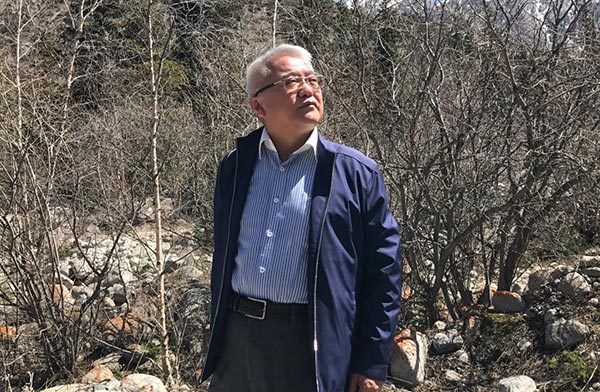 |
|
Ge Chengyong, Chinese historian and archaeologist. [Photo provided to China Daily] |
The tunnel had to be dug centimeter by centimeter. In the same year of Zhang's departure he was captured by Xiongnu soldiers. He was kept in confinement for 10 years, before he managed to escape and continue on his westward journey.
He finally arrived in Dayuezhi. Although his request for an alliance was politely turned down and he was later recaptured by Xiongnu during his return trip, he again managed to escape, eventually returning to his homeland in 126 BC, with plenty to tell about an eventful journey.
Between 119 BC and 115 BC, Zhang Qian embarked on a second Xiyu-bound mission, under the auspices of Emperor Wudi, who was equally determined to fight Xiongnu but now knew enough to hope for more. Zhang's 300-people convoy set out with not only hordes of sheep and cows, but also rolls of silk and bags full of gold coins. The wealth was intended to impress and to win over hearts and minds, and it succeeded.
Nearly 1,000 years after Zhang's death, silk and gold coins were still being carried and traded by those who traveled to and from the "tunnel", including the Sogdians, Parthians, Scythians, Babylonians, Indians and Zhang's fellow ancient Chinese.
Yet the coins, and even the silk fabrics, were no longer simply of Chinese origin. "Featuring either a Persian king or a Grecian goddess, the great variety of coins unearthed along this route have held up numerous little mirrors to the trade that once blossomed and beckoned at people from far and wide," says Li Yongping, a senior researcher with the Gansu Provincial Museum.